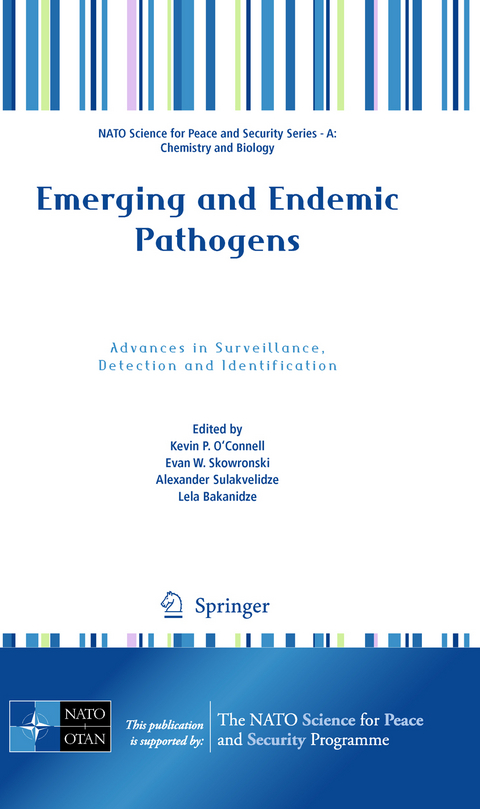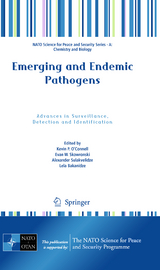Emerging and Endemic Pathogens
It is a truism among biologists that an organism’s phenotype is the product of both its genotype and its environment. An organism’s genotype contains the total informational potential of the individual, while its environment shapes the expression of the ge- type, influences the rate of mutation and occurrence of modifications, and ultimately determines the likelihood that the genotype (or fractions thereof) will survive into the next generation. In the relationship between host and pathogen, therefore, each forms a part of the environment of the other, mutually influencing the biology of both partners on scales ranging from the life history of individuals to the fate of populations or entire species. Molecular biologists working on problems in pathogenesis generally think of the host organism as the pathogen’s environment and perhaps occasionally consider the pathogen as part of the host’s environment. However, because “environment” can be defined at many scales, so, too, can phenotypes: if a pathogen, as a species, is c- sidered to exist in a host, as a species, then among its phenotypes is the nature of the pandemic disease it can cause within the host community. The contributors to the proceedings of this NATO Advanced Research Workshop have treated the interplay of environment and genotype in the host–pathogen relationship and its relationship to the problem of emerging infectious disease at both the macroscopic and microscopic/ molecular levels along this continuum of scale (with some human history thrown in at times for good measure).
Keynotes Contribution.- Global Effect and Prevention of Emerging and Epidemic Pathogens: Cholera and Citrus Greening as Examples.- Surveillance.- The Epidemiological Surveillance of Highly Pathogenic Diseases in Kazakhstan.- Surveillance on Plague in Natural Foci in Georgia.- Application of Modern Techniques for Studying Bacterial Pathogens in Georgia.- Especially Dangerous Infections in Azerbaijan.- Strengthening the Early-Warning Function of the Surveillance System: The Macedonian Experience.- Integrating Geographic Information Systems and Ecological Niche Modeling into Disease Ecology: A Case Study of Bacillus anthracis in the United States and Mexico.- Molecular Analysis and Tools.- Applications of Paleomicrobiology to the Understanding of Emerging and Re-emerging Infectious Diseases.- Characterization of a Putative Hemagglutinin Gene in the Caprine Model for Brucellosis.- Pathoadaptation of Especially Dangerous Pathogens.- Detection of Pathogens Via High-Throughput Sequencing.- Environmental Influences on the Relative Stability of Baculoviruses and Vaccinia Virus: A Review.
| Erscheint lt. Verlag | 22.9.2010 |
|---|---|
| Reihe/Serie | NATO Science for Peace and Security Series |
| Zusatzinfo | XVIII, 154 p. |
| Verlagsort | Dordrecht |
| Sprache | englisch |
| Maße | 155 x 235 mm |
| Themenwelt | Studium ► Querschnittsbereiche ► Epidemiologie / Med. Biometrie |
| Studium ► Querschnittsbereiche ► Prävention / Gesundheitsförderung | |
| Naturwissenschaften ► Biologie ► Mikrobiologie / Immunologie | |
| Technik ► Umwelttechnik / Biotechnologie | |
| ISBN-10 | 90-481-9636-1 / 9048196361 |
| ISBN-13 | 978-90-481-9636-4 / 9789048196364 |
| Zustand | Neuware |
| Haben Sie eine Frage zum Produkt? |
aus dem Bereich




